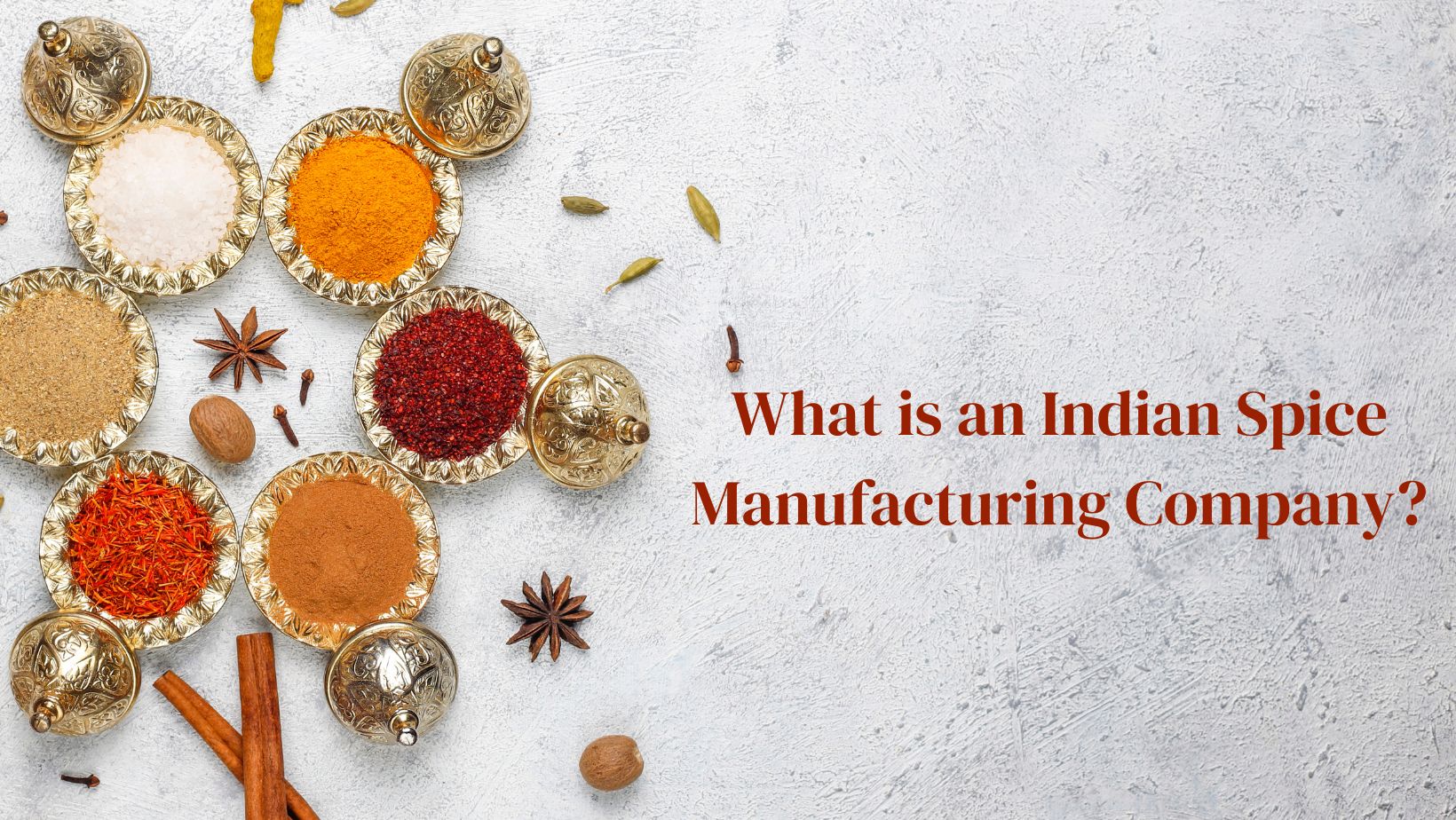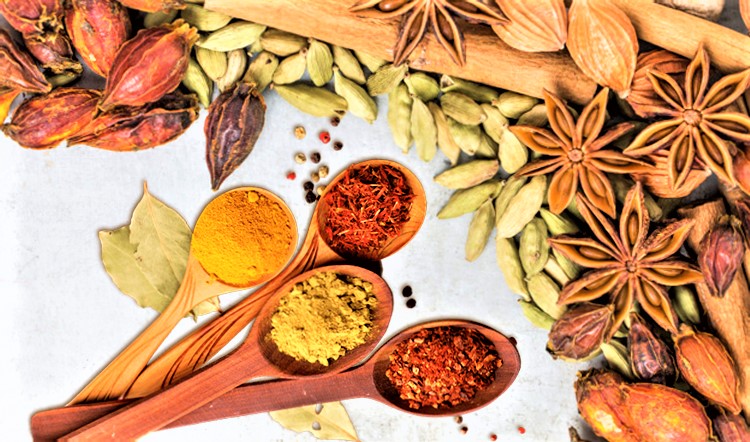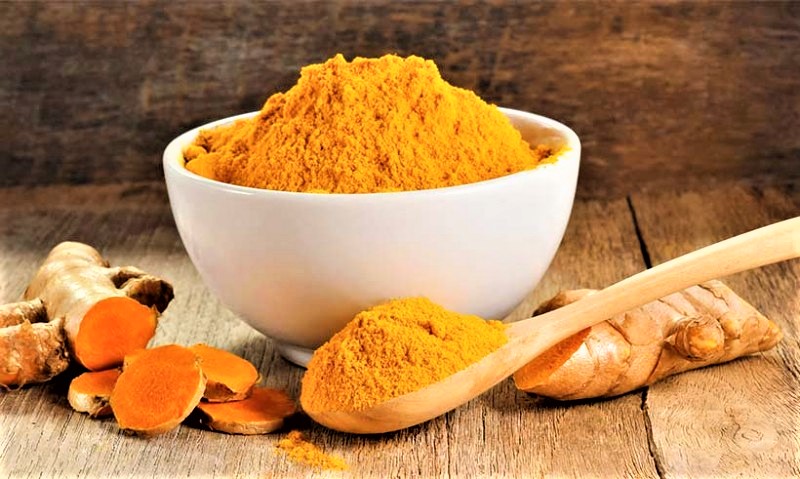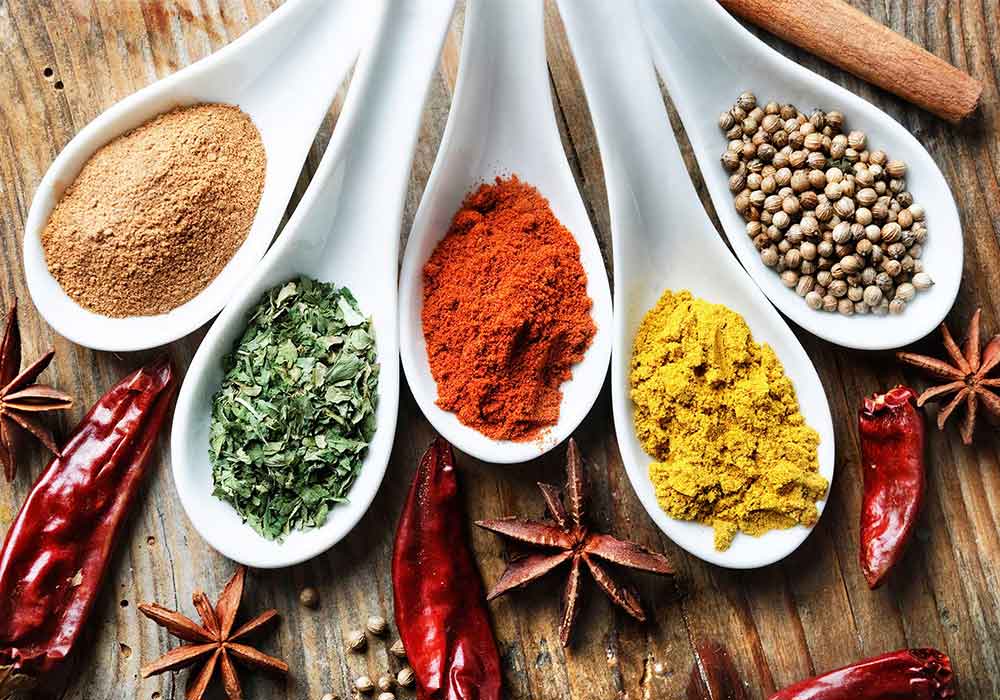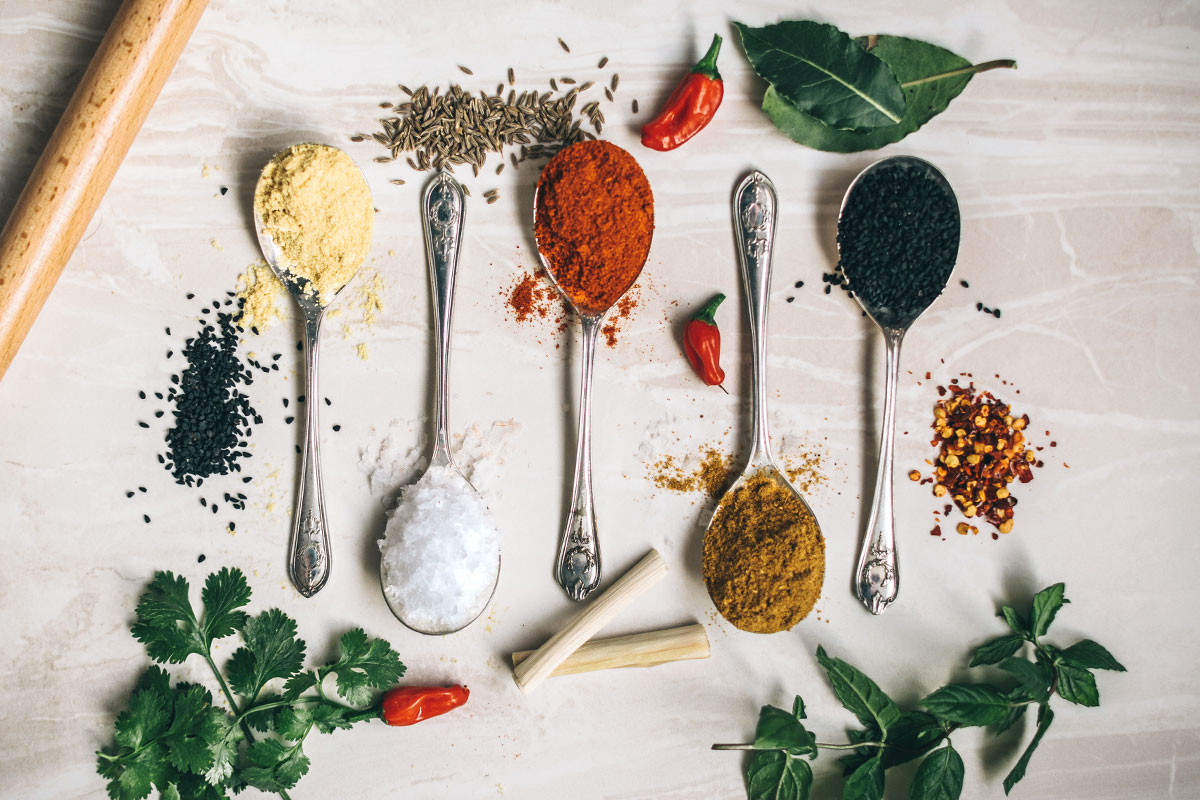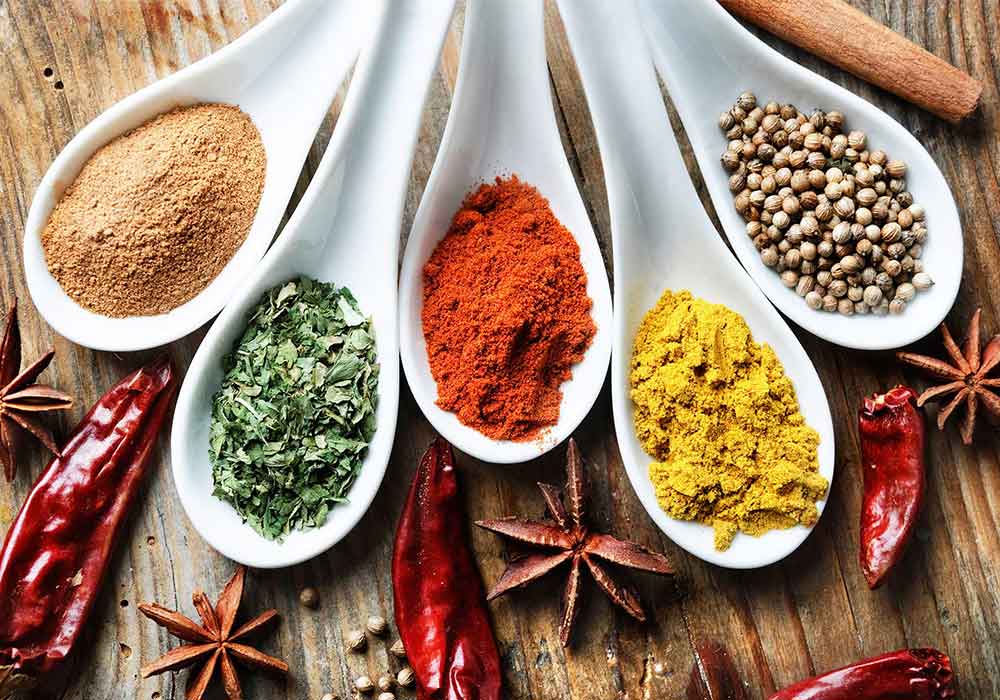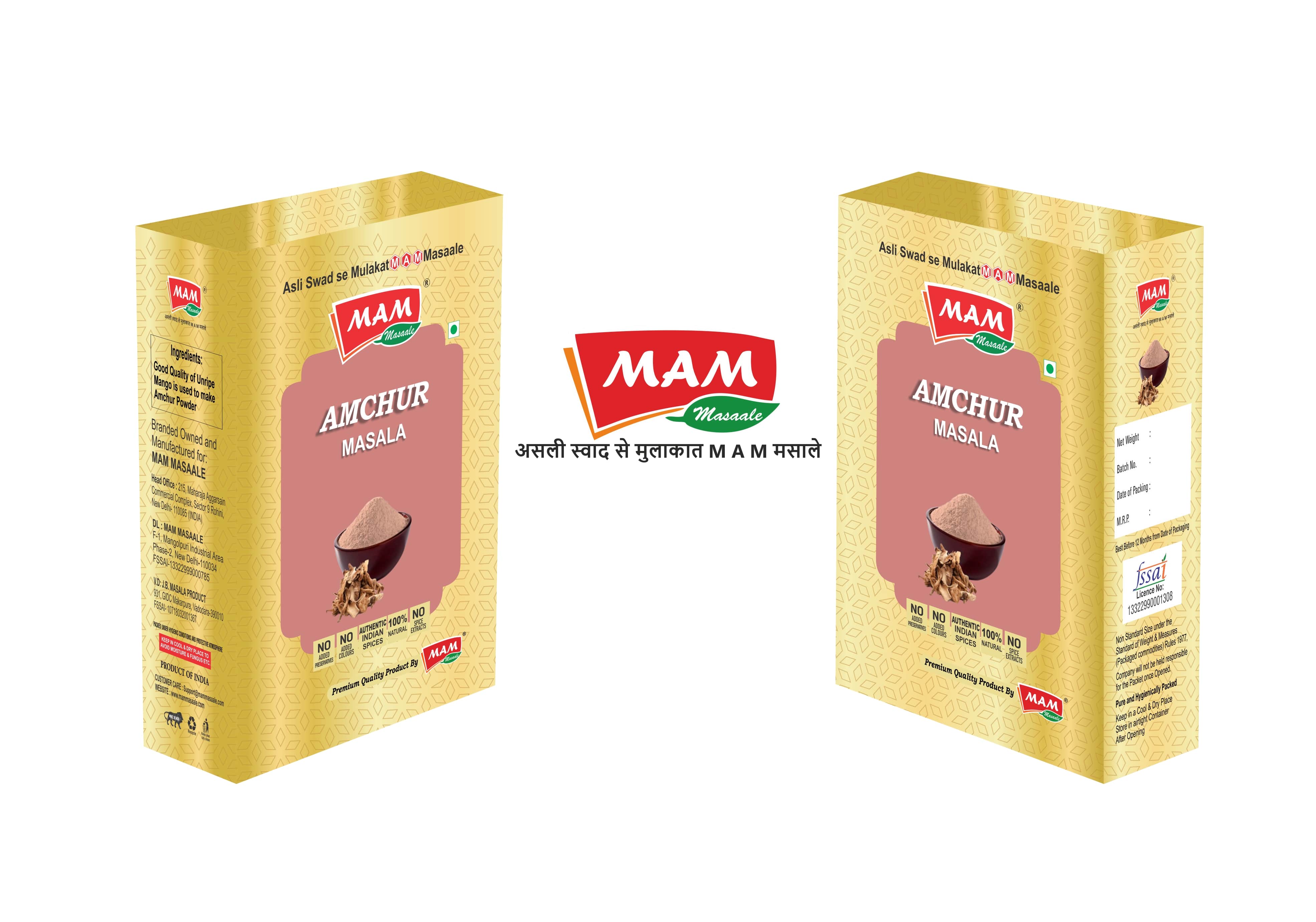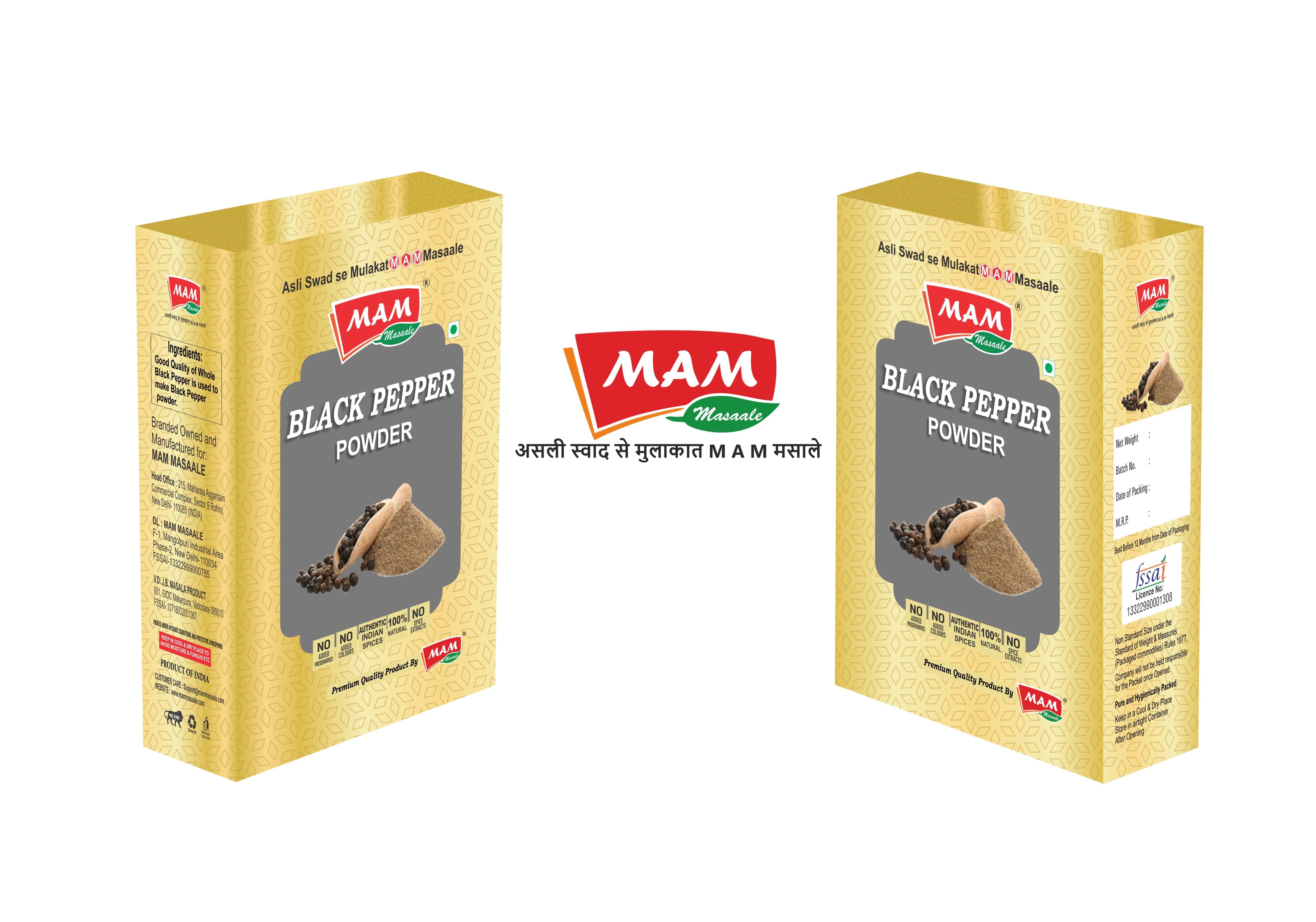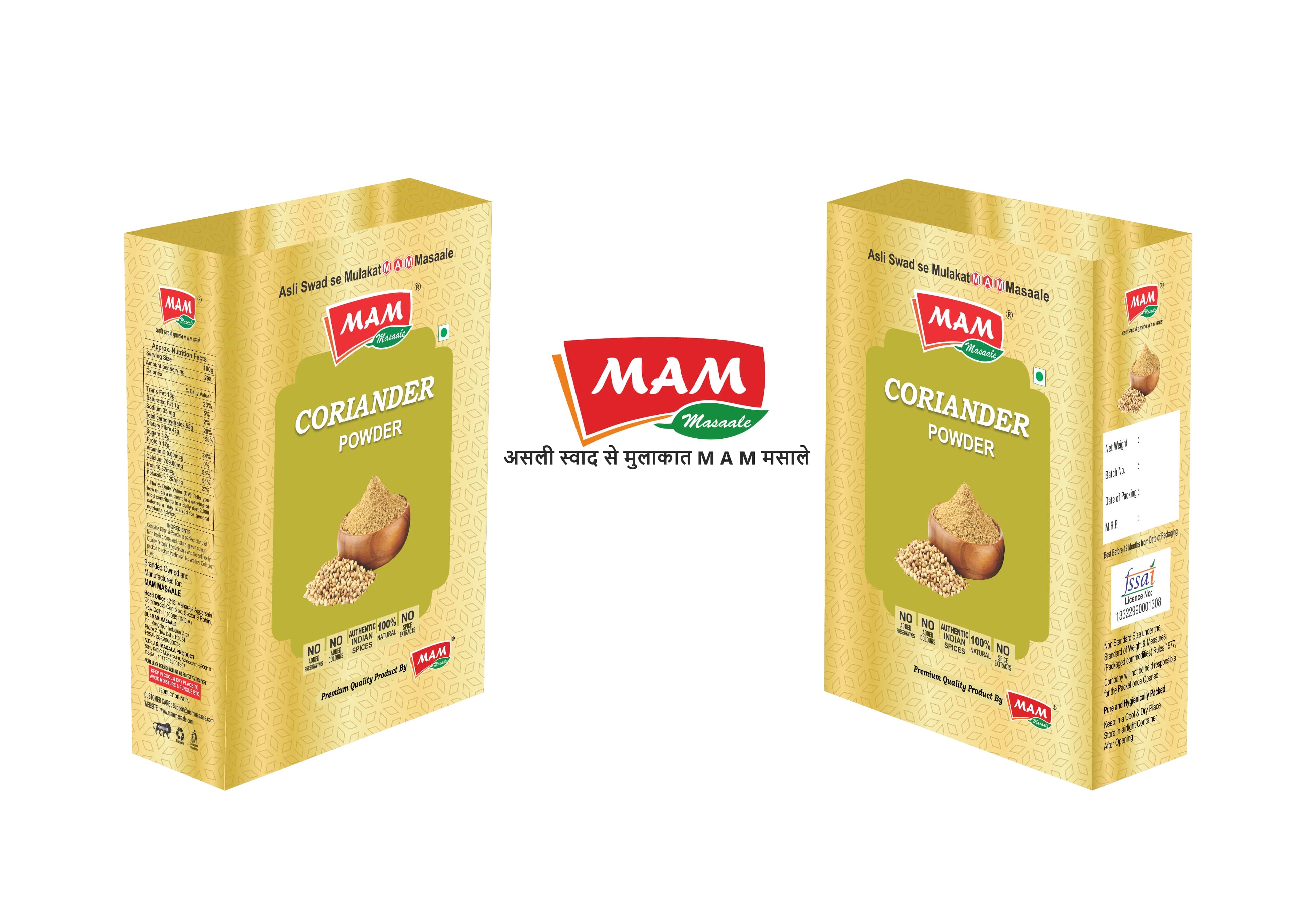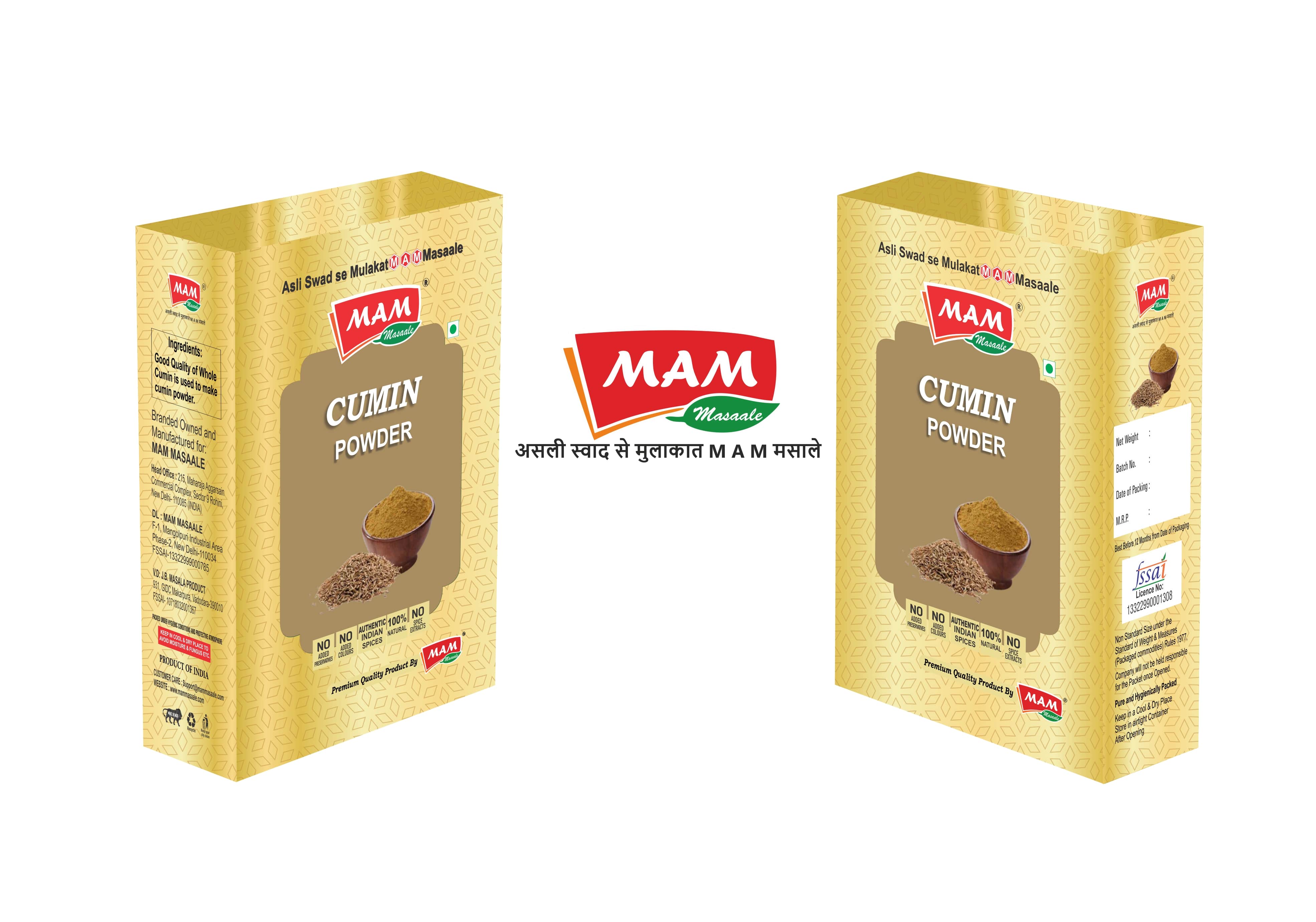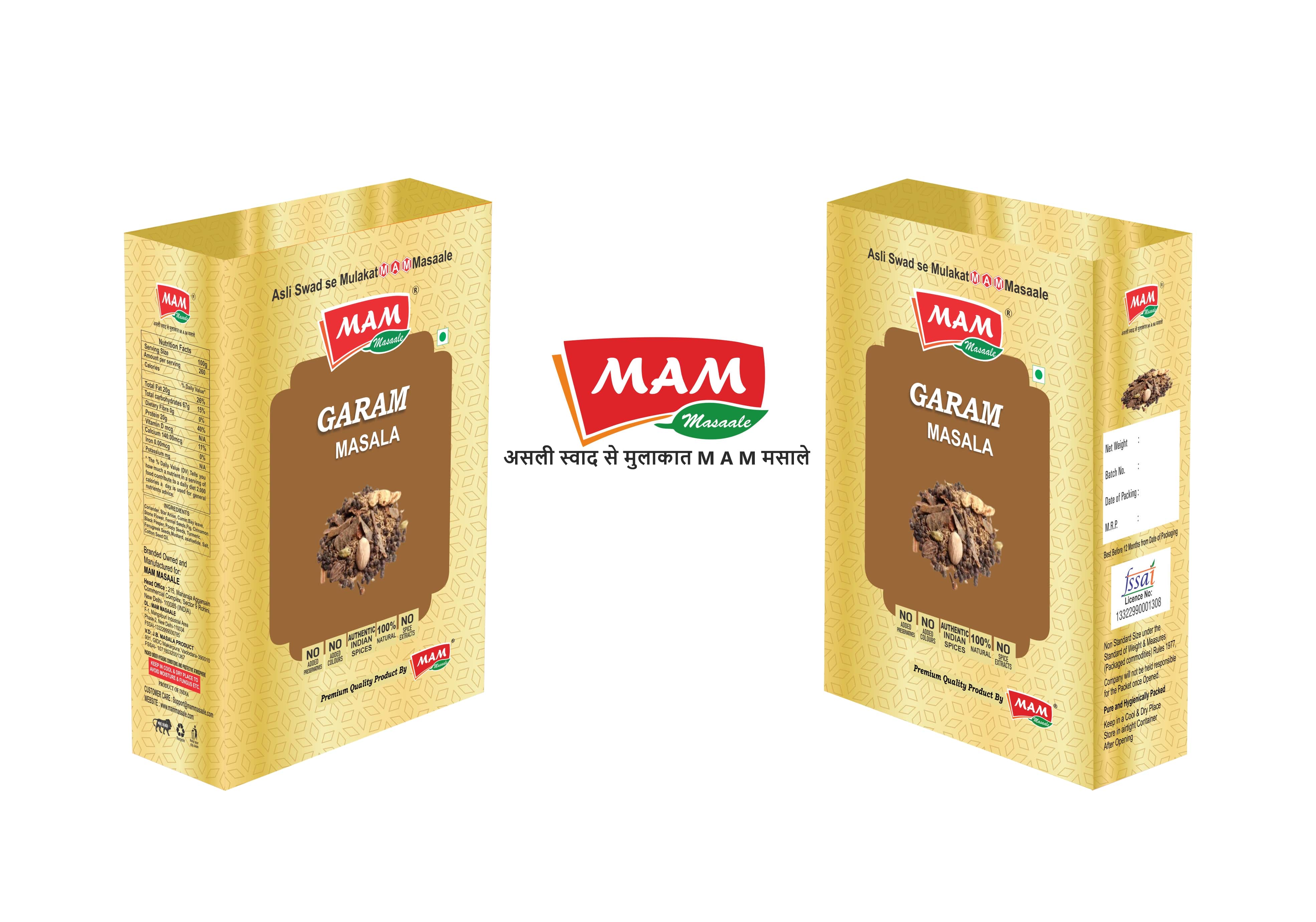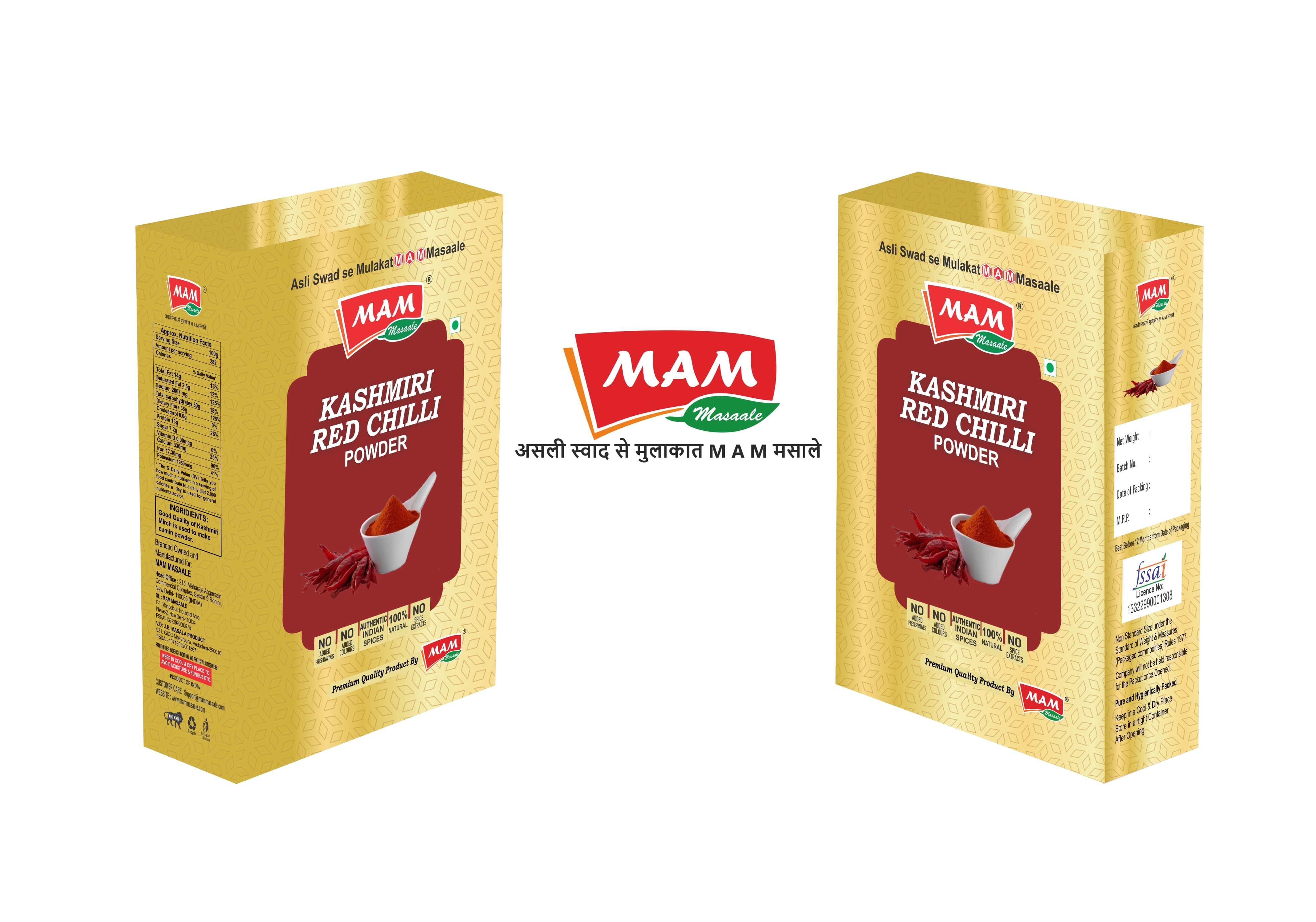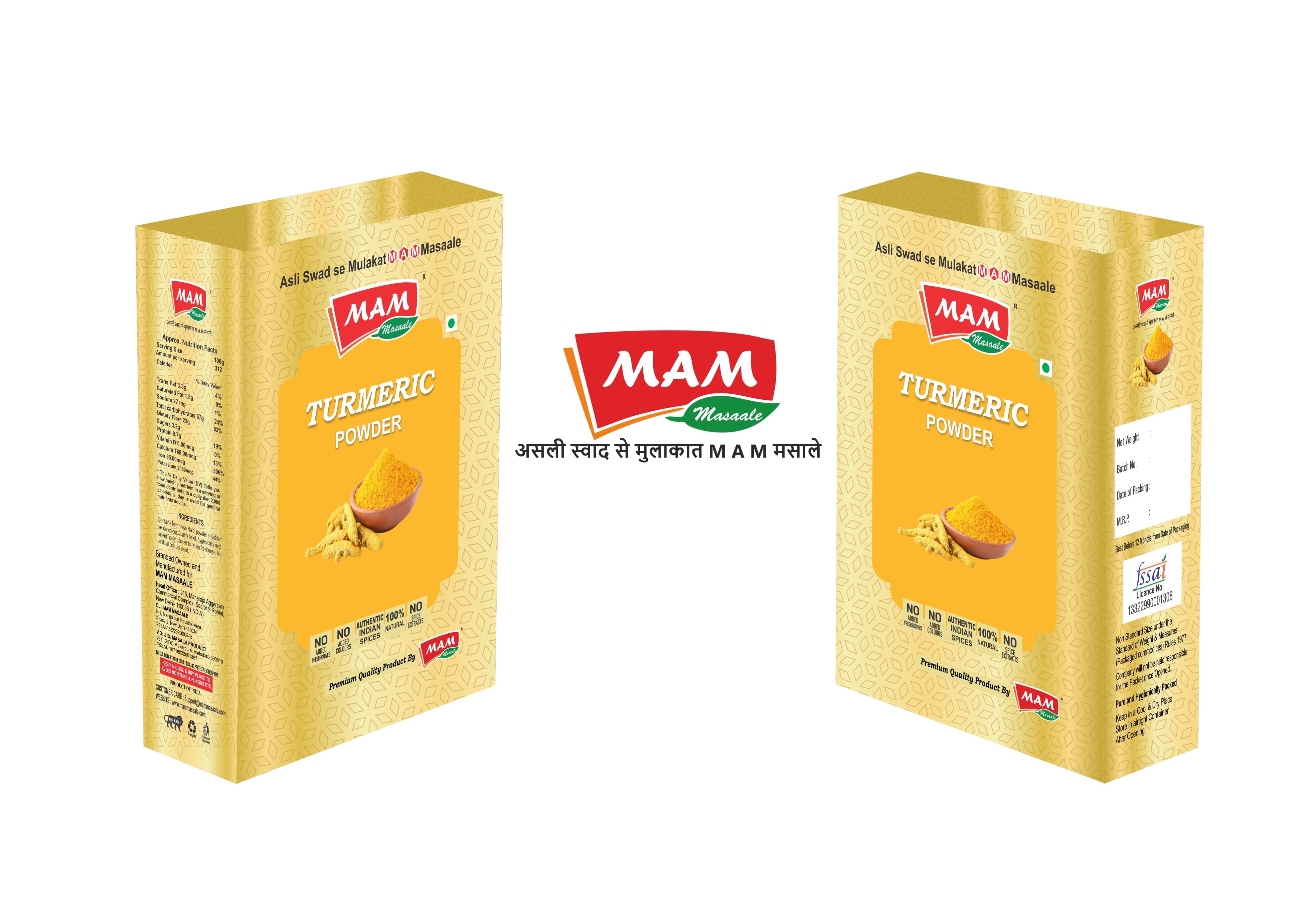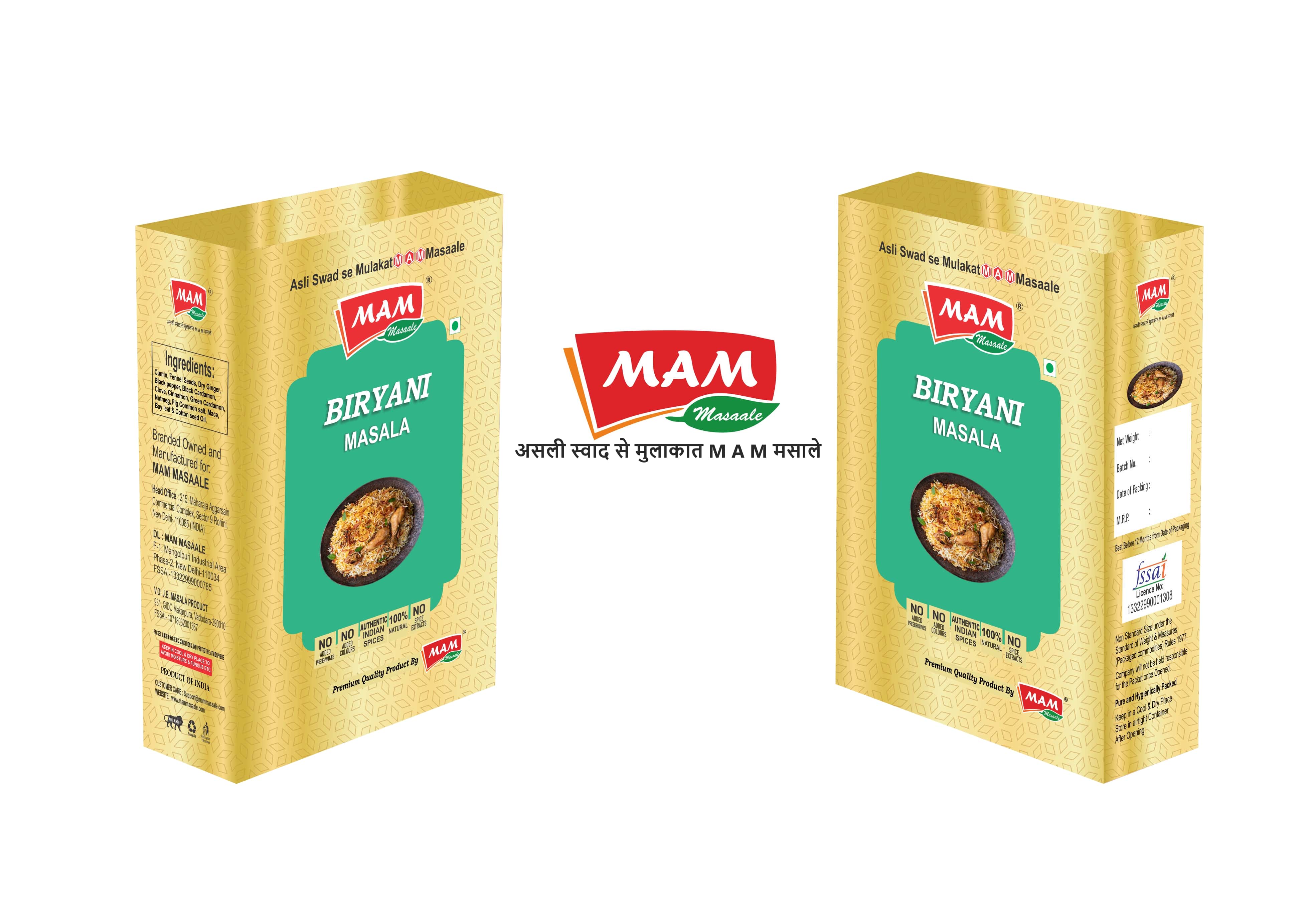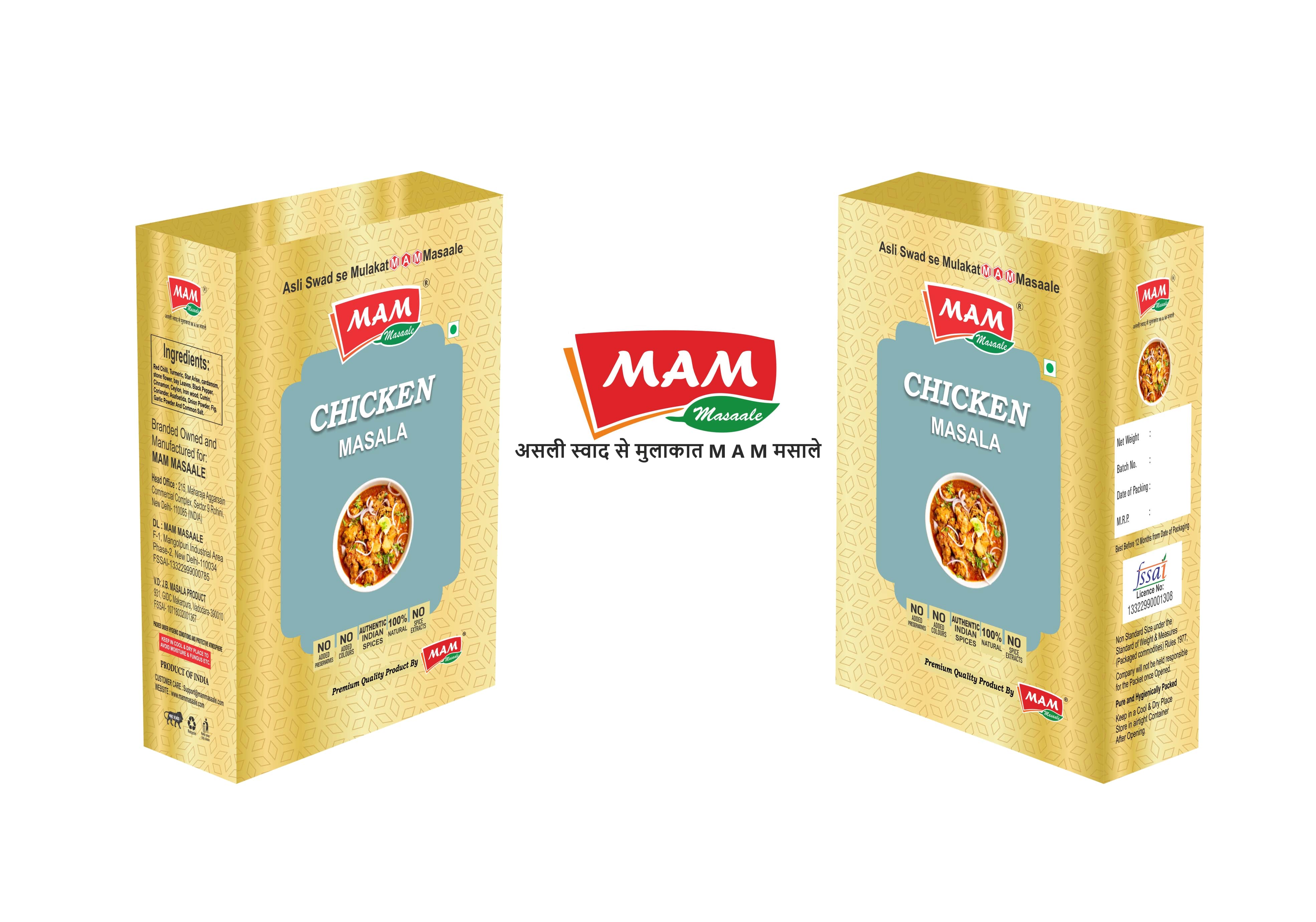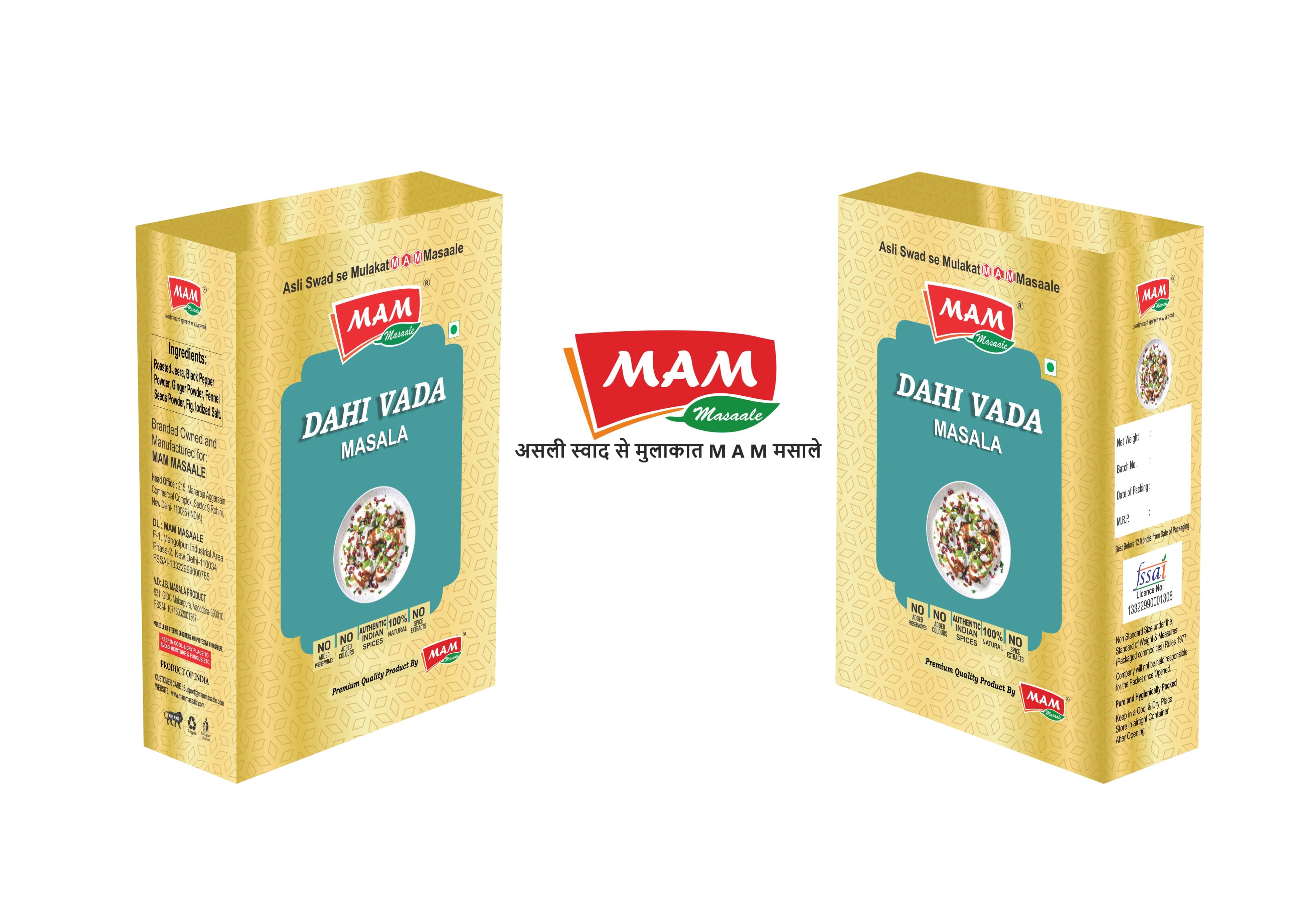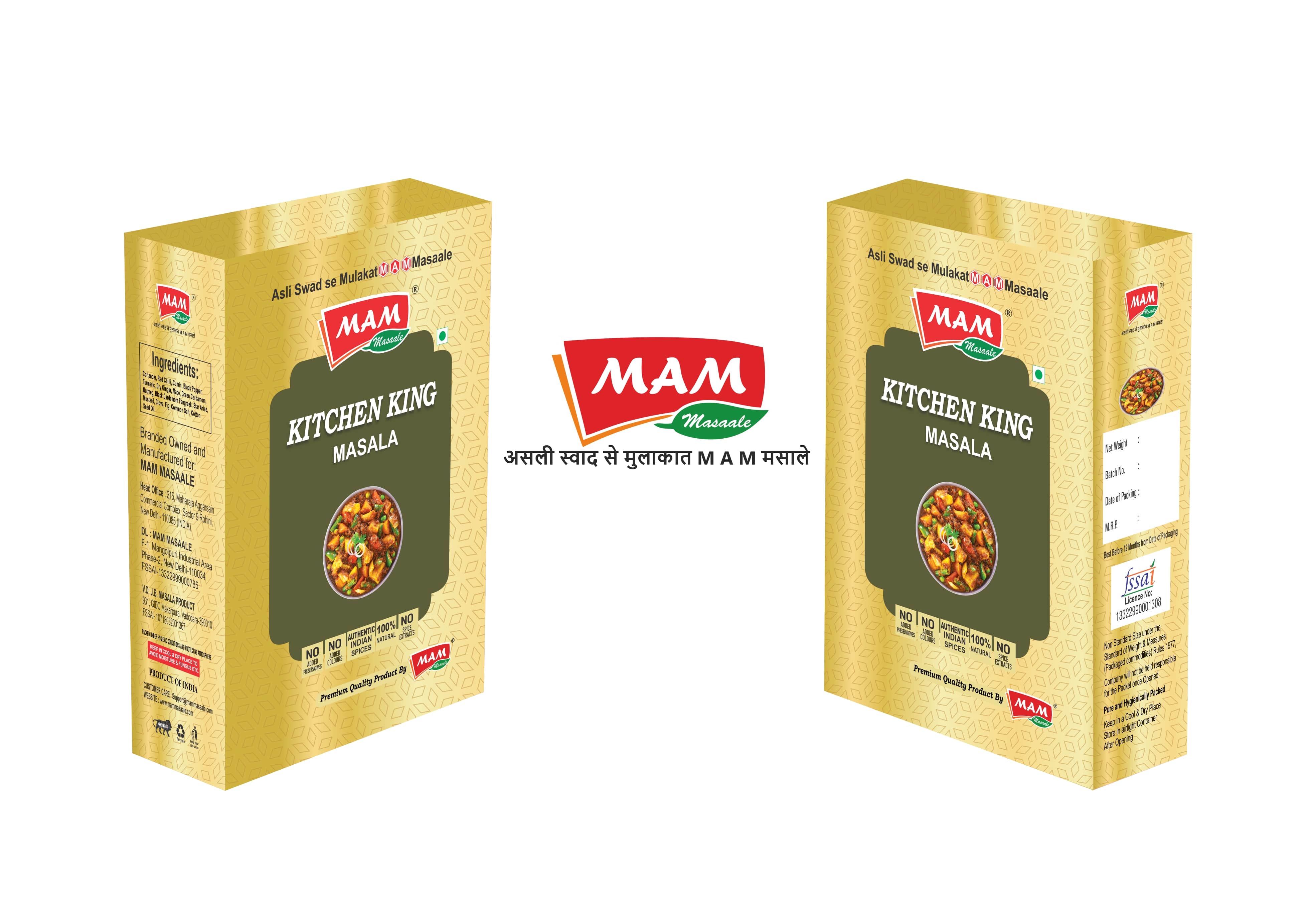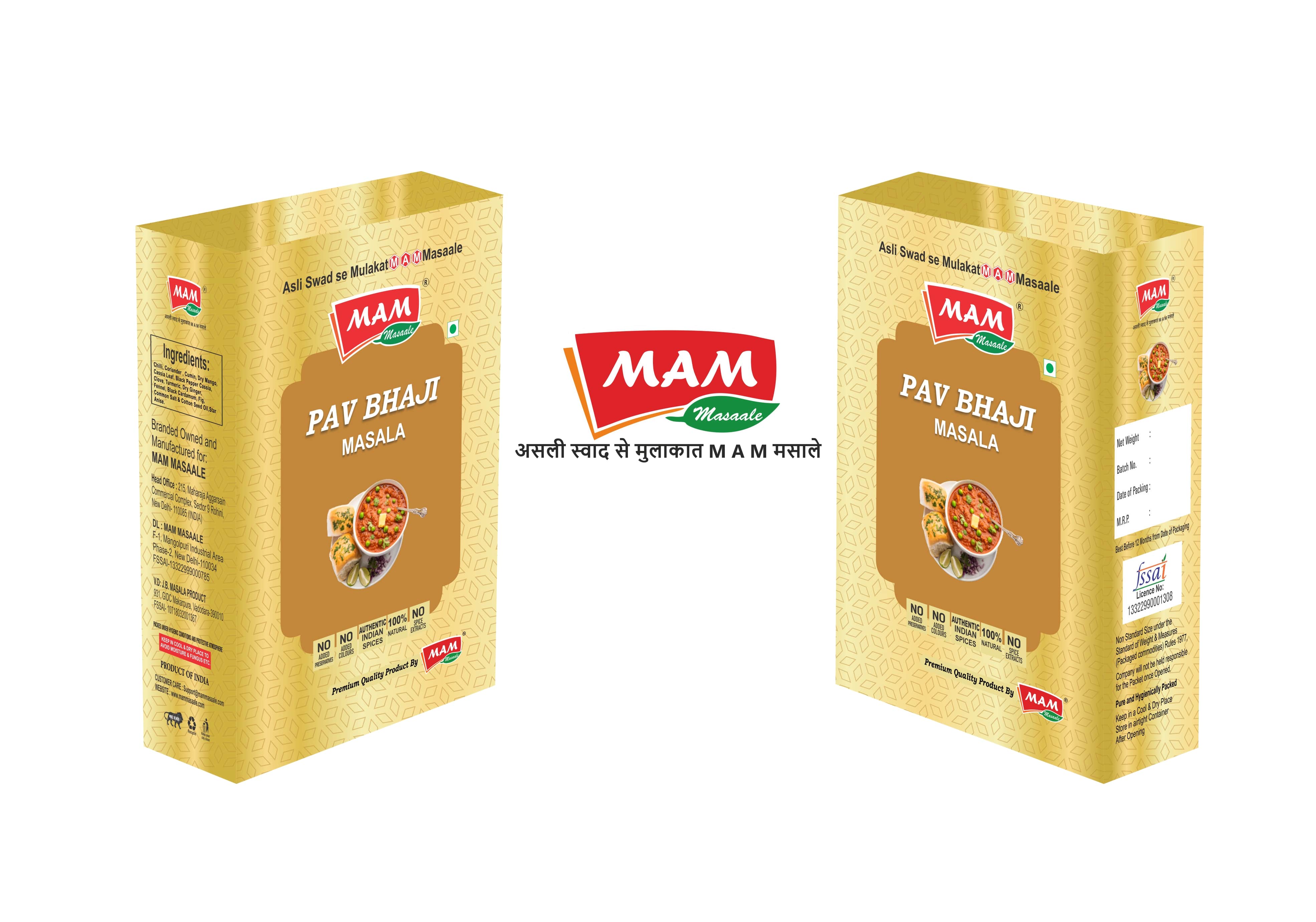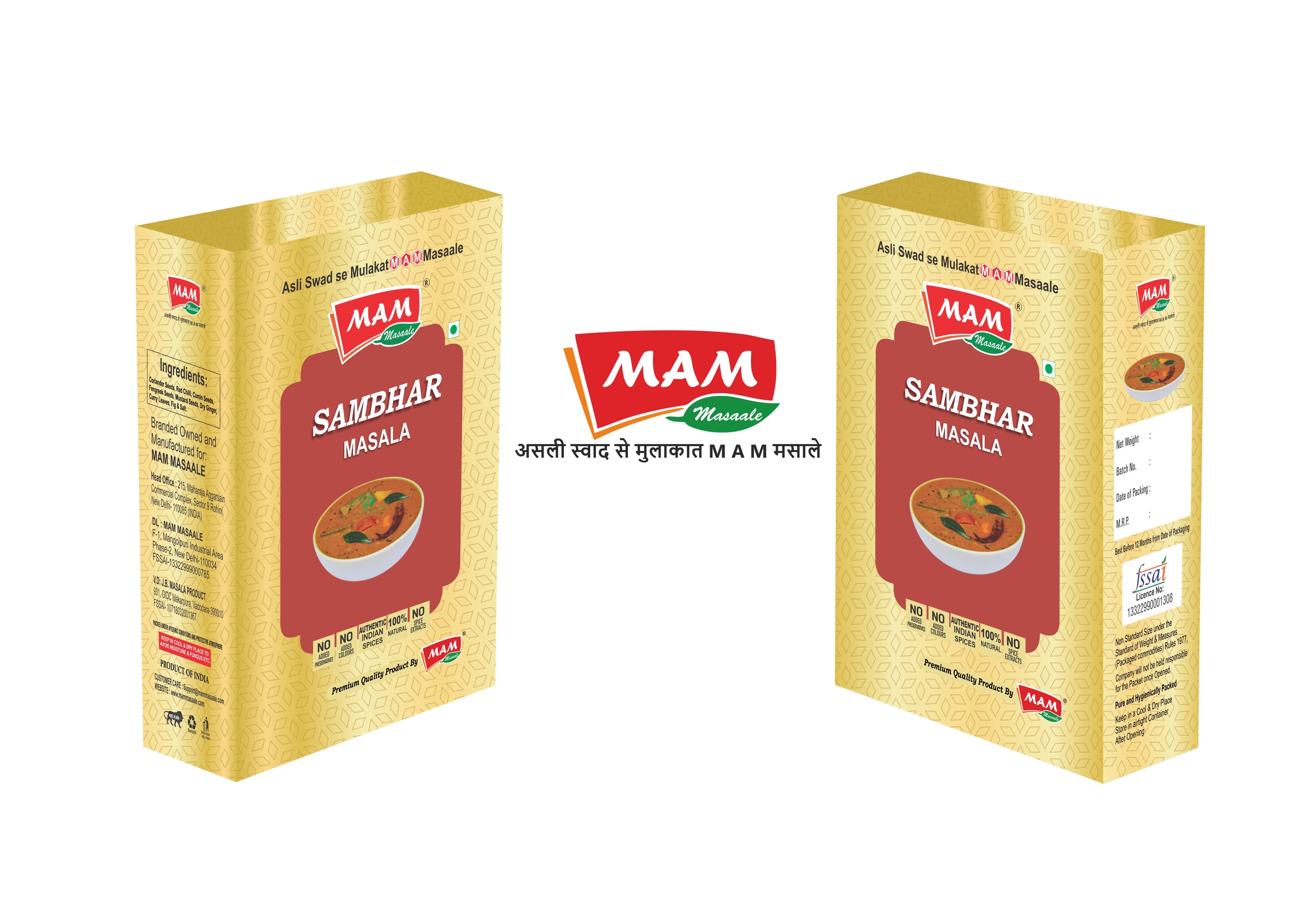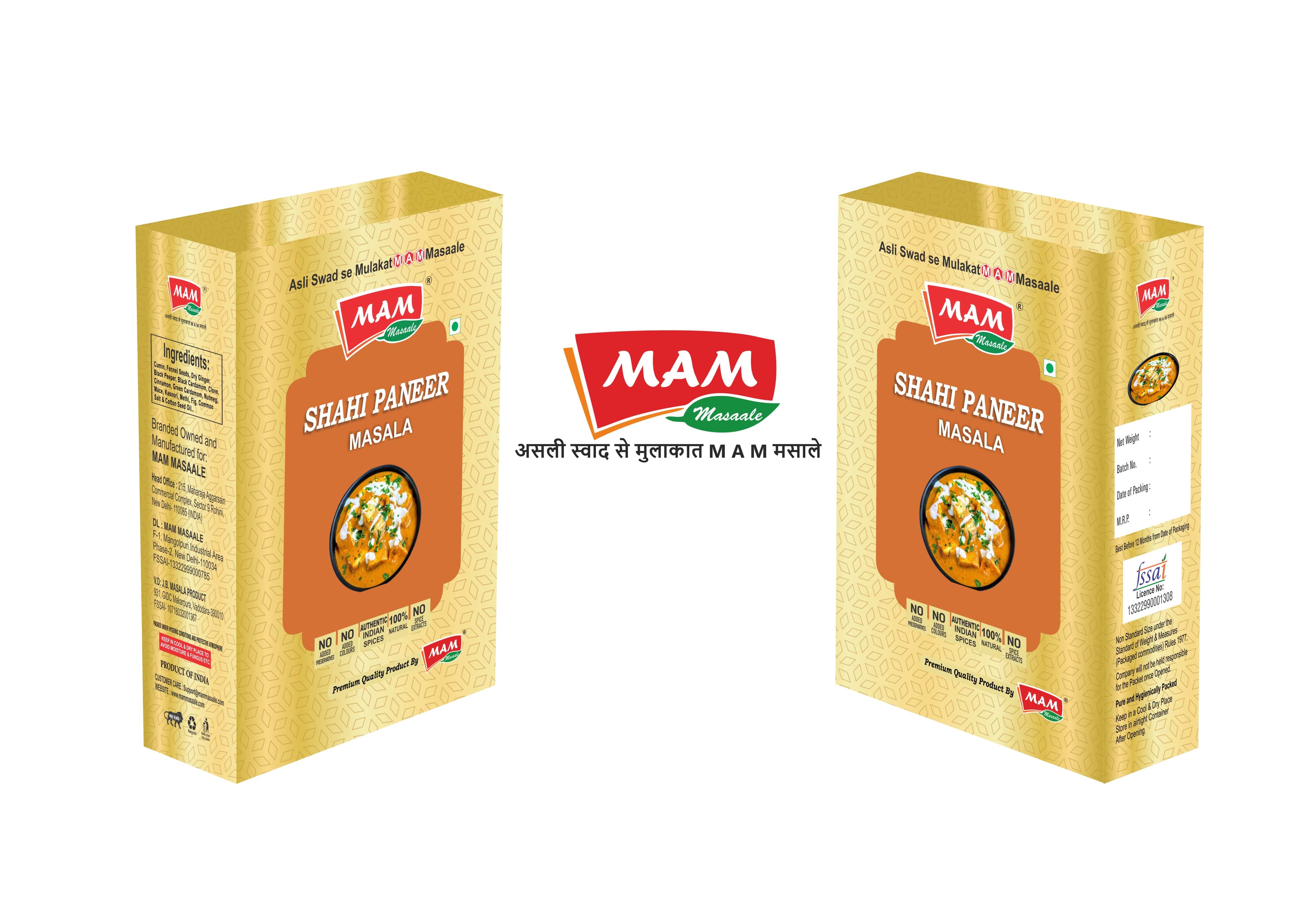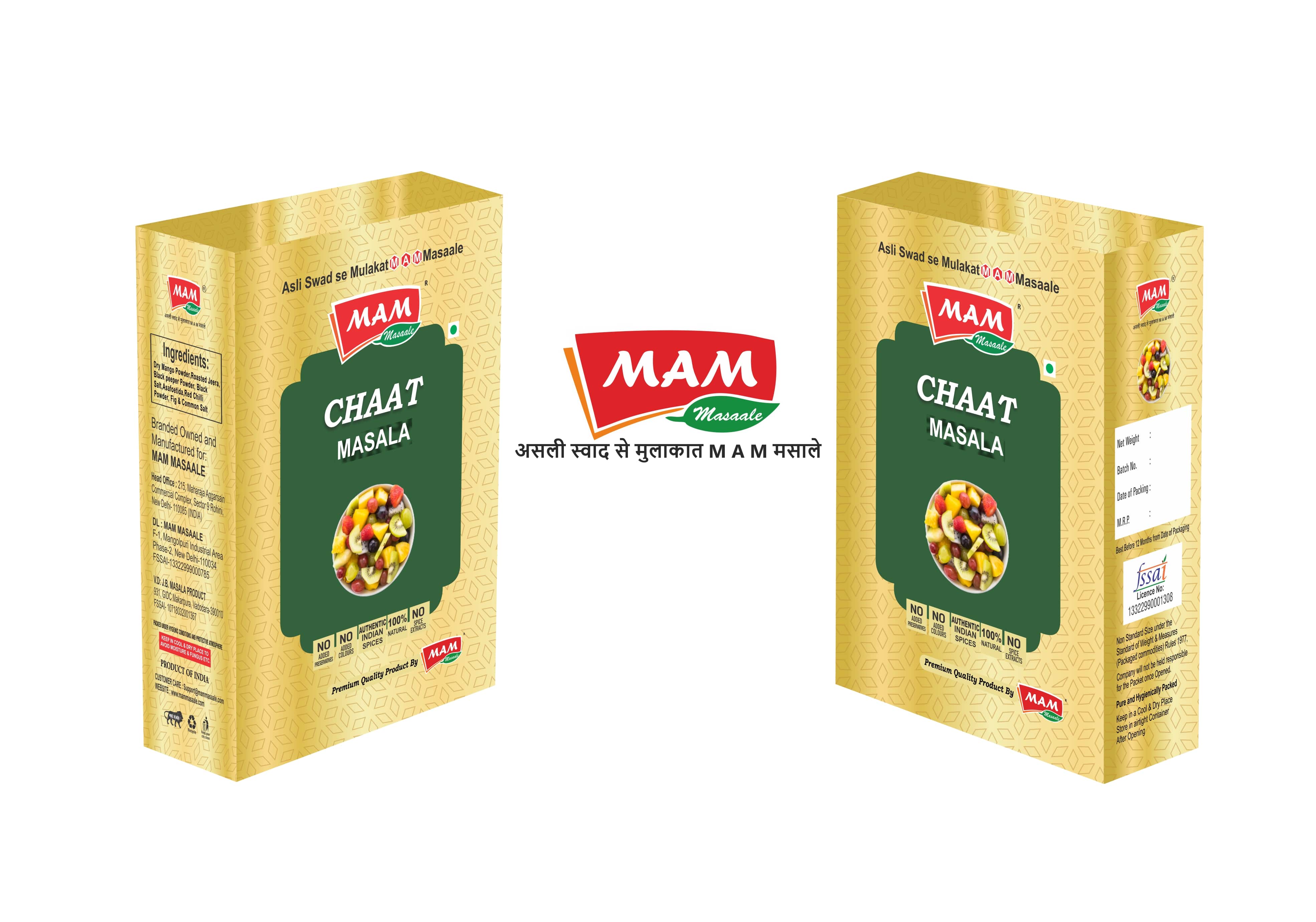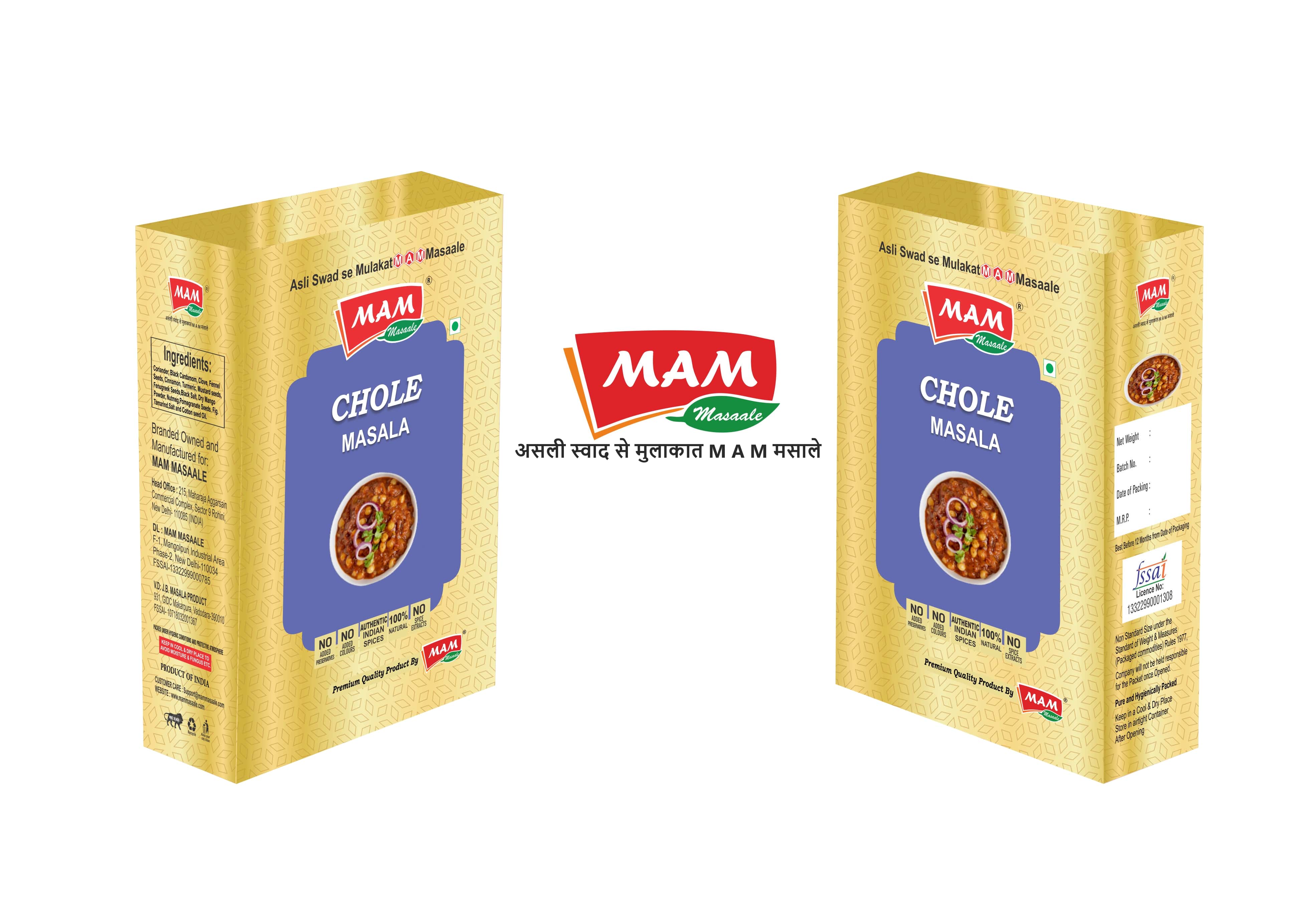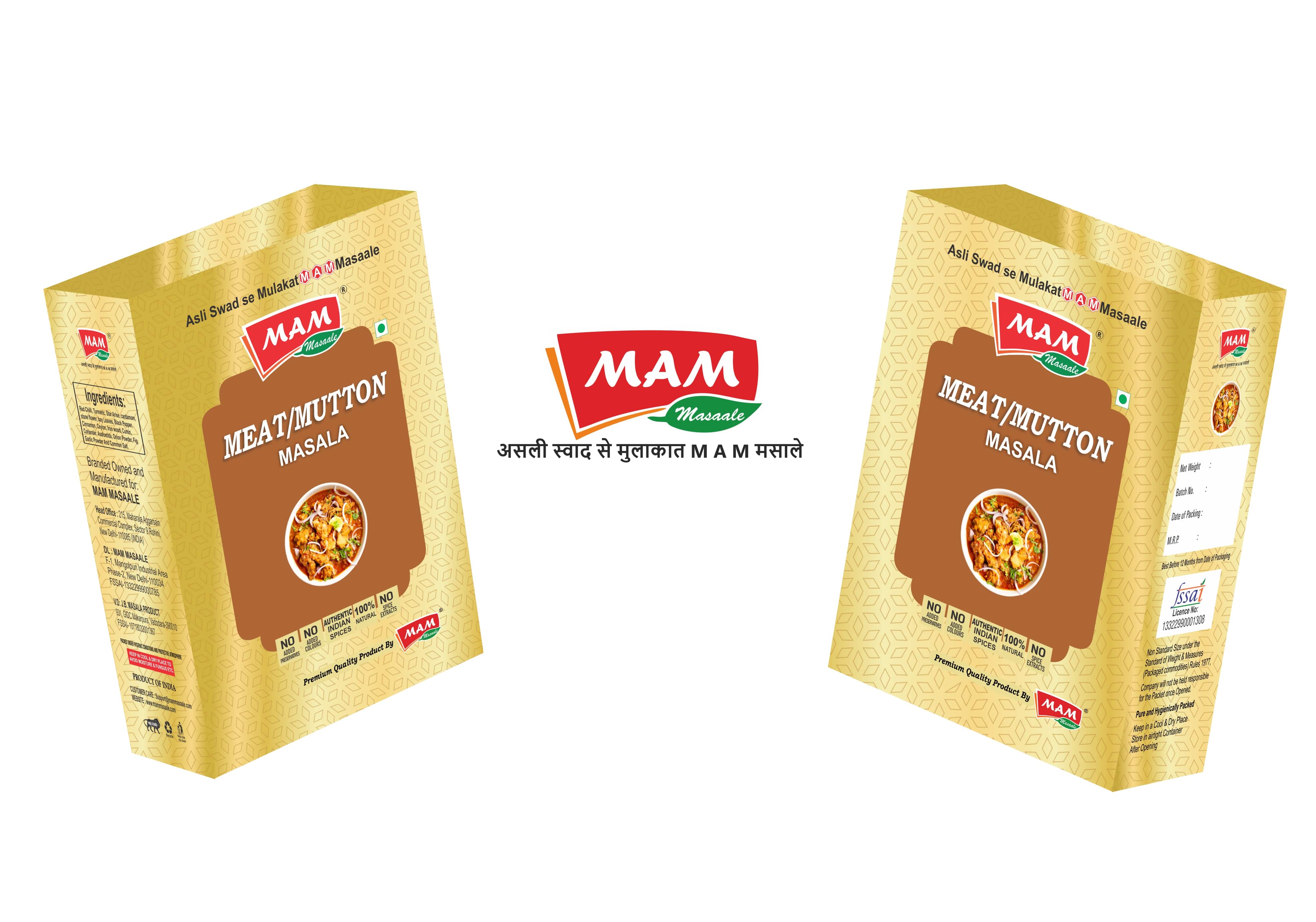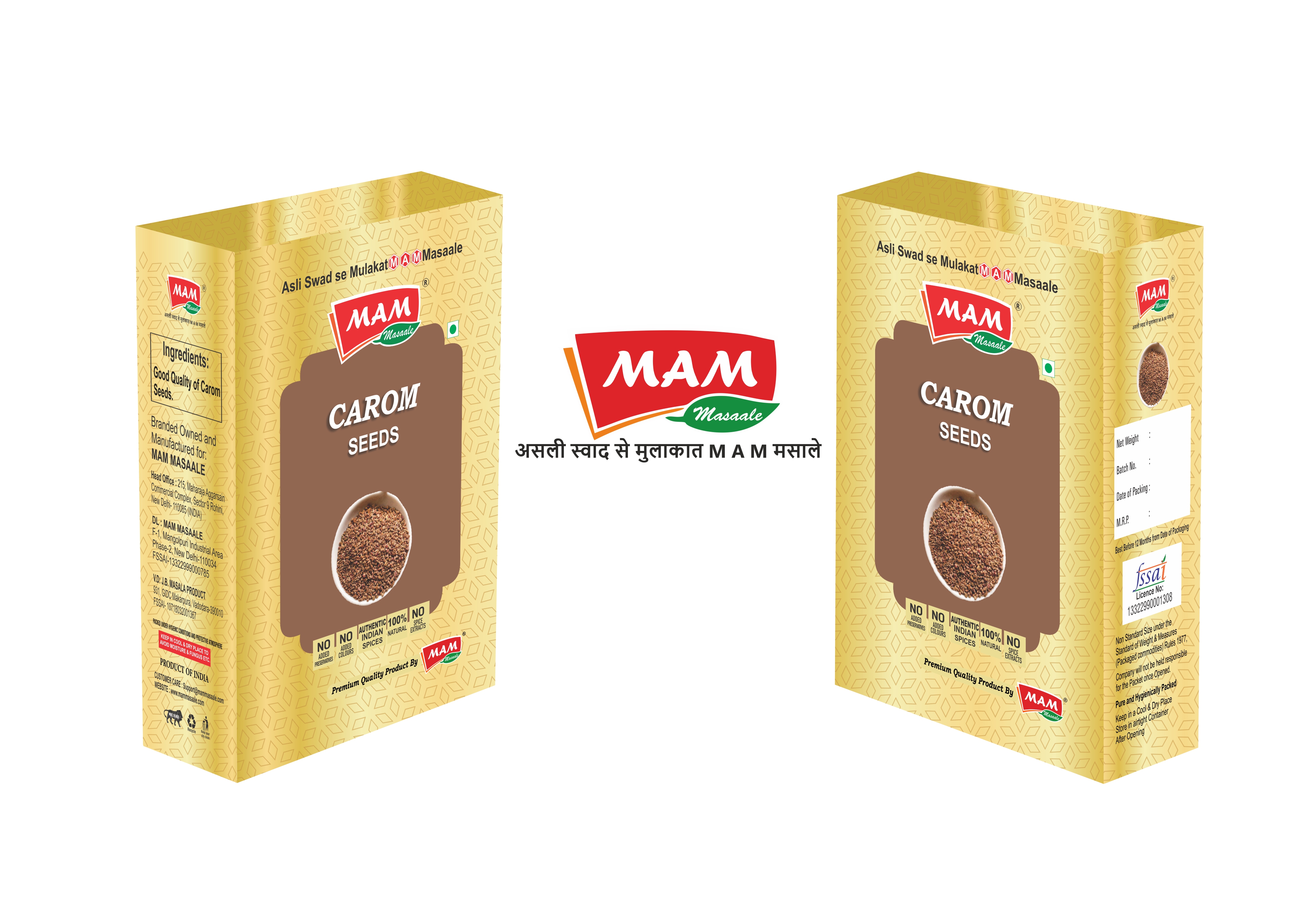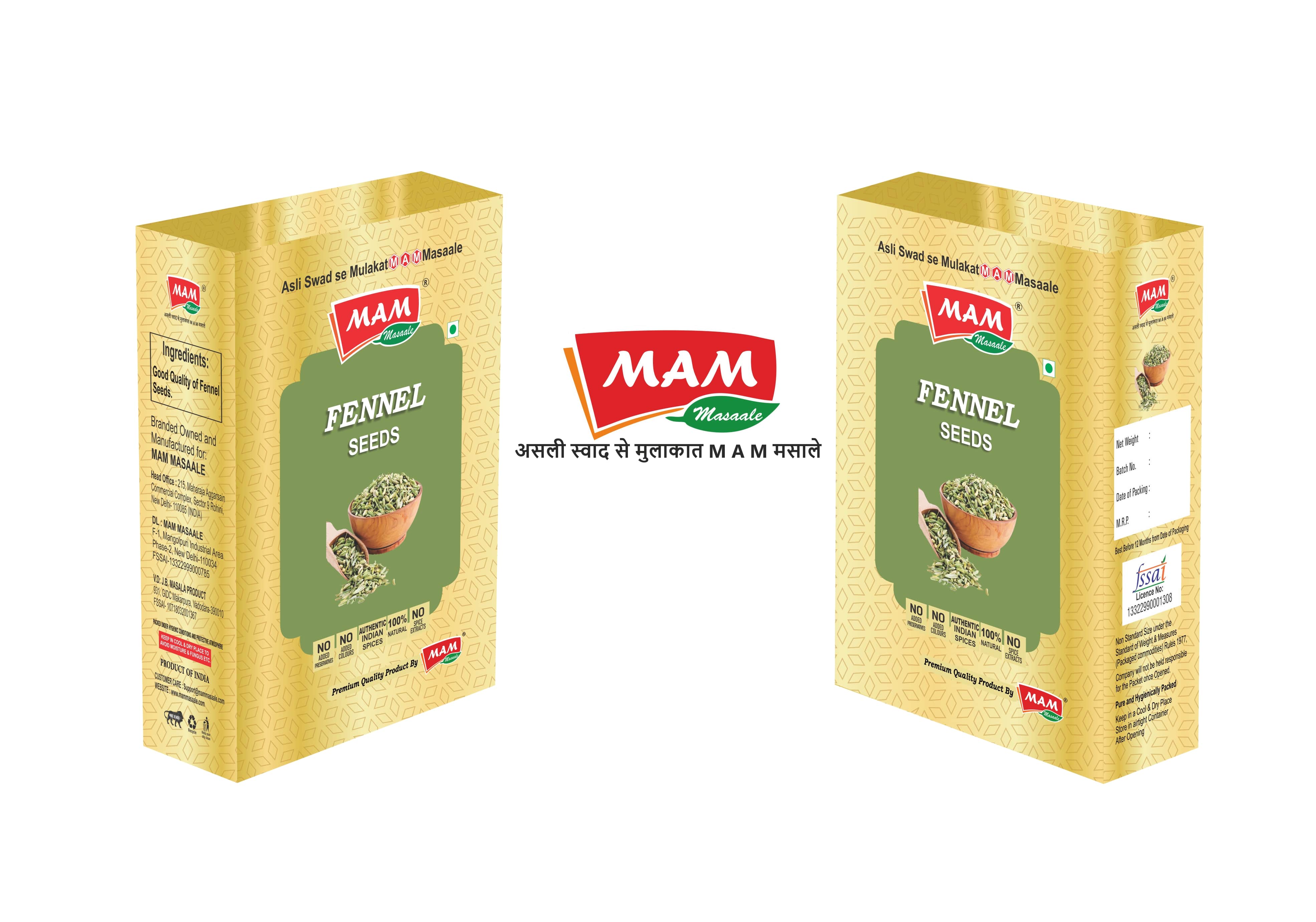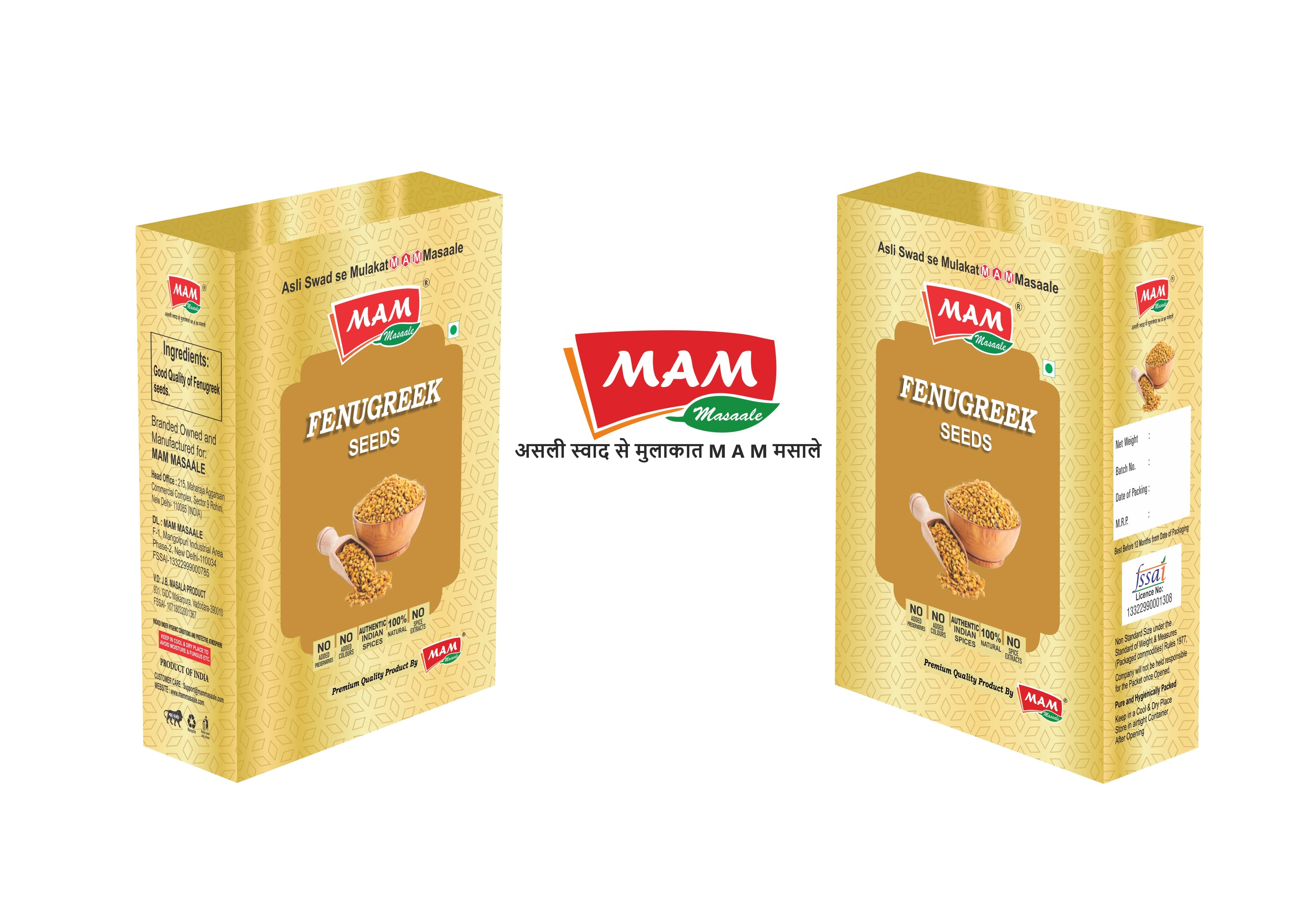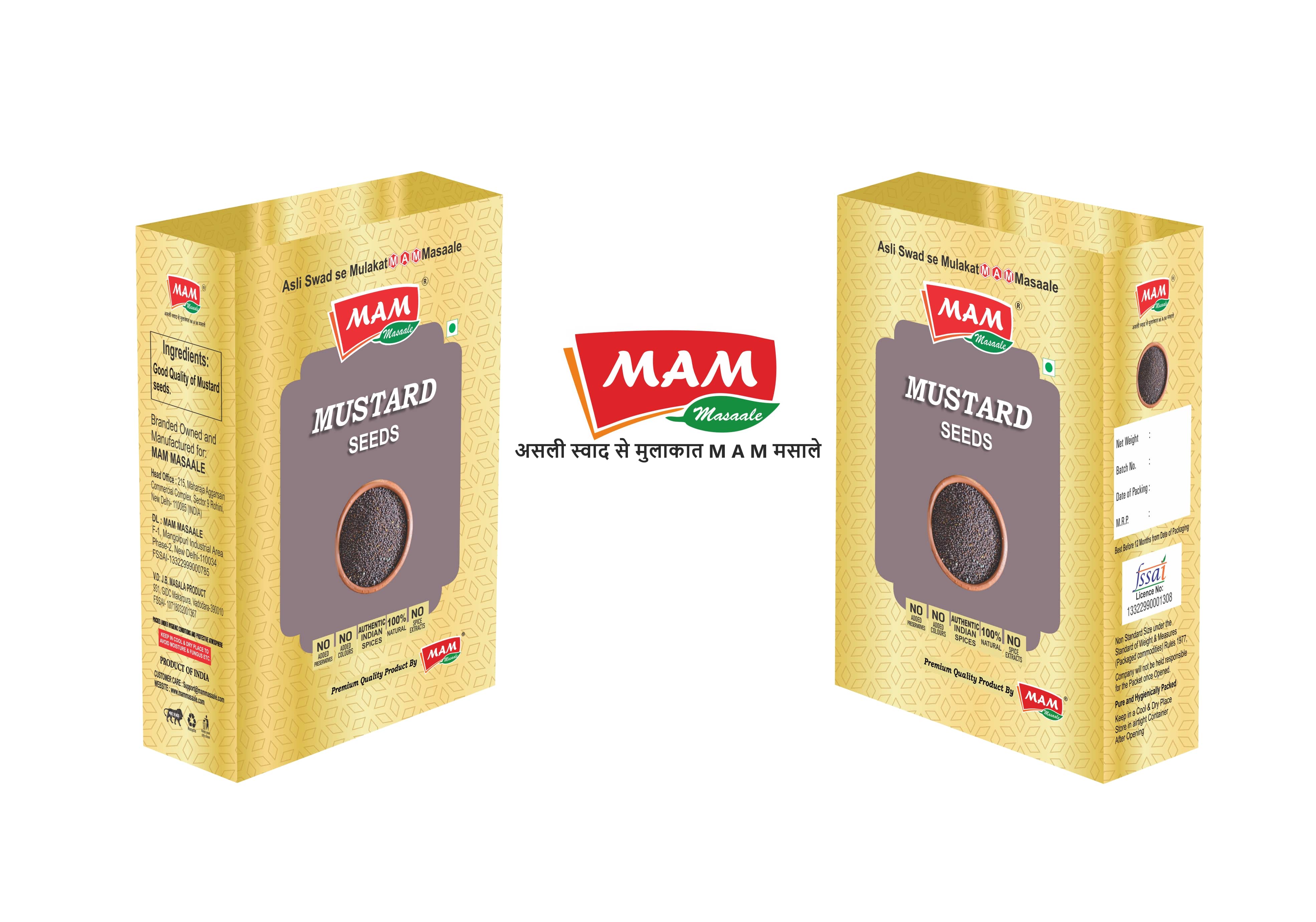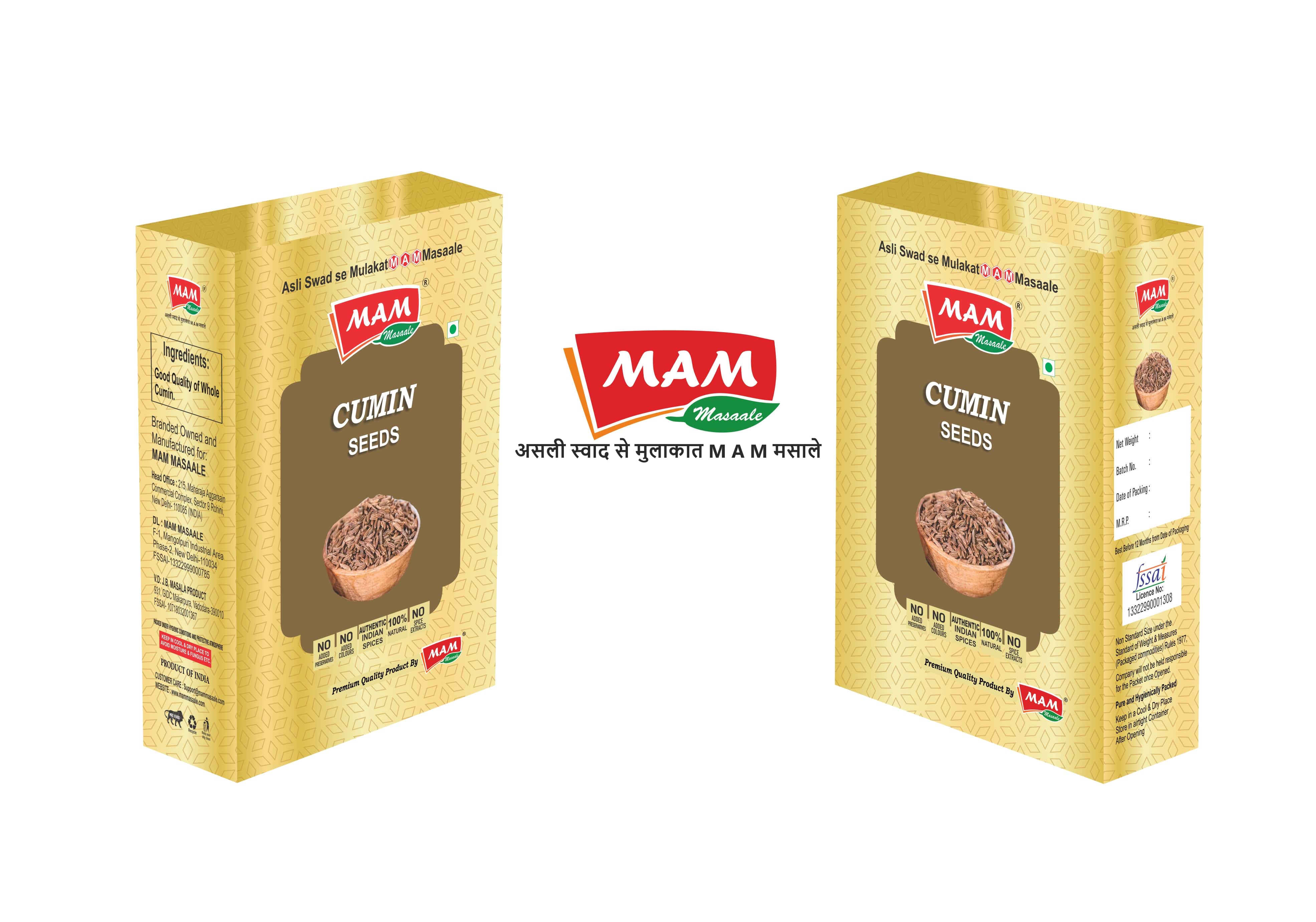India, often called the "Land of Spices", has a vibrant tradition of spice cultivation that dates back centuries. The country has a diverse range of aromatic and flavourful spices that have become an integral part of not only Indian cuisine but also global cuisine. At the center of this aromatic journey are Indian spice manufacturing companies, the unsung heroes behind the creation of spices that enliven countless cuisines around the world.
I. Heritage of Indian Spices:
India's association with spices dates back to ancient times, when traders from around the world traveled through the Silk Road in search of the exotic flavors of the Indian subcontinent. Spices such as cardamom, cinnamon, black pepper, and turmeric became highly coveted commodities, encouraging trade and exploration. This legacy laid the foundation for the thriving spice industry in modern India.
Second. Variety of Indian Spices:
India's geographical and climatic diversity has contributed to the cultivation of a wide range of spices across the country. From the fiery red chillies of Andhra Pradesh to the aromatic cardamom of Kerala, each region contributes its own unique blend of flavor and aroma to Indian spices. Spice manufacturing companies play an important role in harnessing this diversity to produce a wide range of spices that meet different culinary preferences.
Third, Masala Manufacturing Process:
A. Raw Material Sourcing:
Indian spice manufacturing companies start their journey by sourcing high-quality raw materials. This involves working closely with farmers and spice growers to ensure a continuous and reliable supply of fresh spices. The sourcing process is important as it directly impacts the final quality and flavor of the spices.
B. Cleaning and Sorting:
Once the raw spices are purchased, they undergo a careful cleaning and sorting process. This step involves removing impurities, debris, and other foreign substances to ensure that only the purest form of the spices are used in the manufacturing process. Quality control at this level is essential to meet the stringent standards set by both domestic and international markets.
C. Grinding and Mixing:
The heart of any spice manufacturing company lies in the grinding and mixing process. The spices are ground as per the desired consistency, and different spices are carefully blended to create unique spice blends or masalas. The artistry of blending is what differentiates one company from another, as it requires a deep understanding of flavor profiles and an appreciation of the balance of ingredients.
D. Quality Assurance:
Stringent quality control measures are implemented at every stage of the manufacturing process. This involves regular testing for purity, taste and hygiene. Indian spice manufacturers often invest in state-of-the-art laboratories and testing facilities to ensure that their products meet the highest standards set by regulatory bodies and discerning consumers.
IV. Spices Wholesalers and Supply Chain:
Indian spice manufacturing companies play a vital role in the supply chain by supplying their products to spice wholesalers. These wholesalers act as intermediaries between manufacturers and retailers, ensuring a smooth flow of spices to different markets. Bulk spices are the backbone of the spice industry, reaching various locations globally and meeting the demand for Indian spices in kitchens across the world.
V. Export of Indian Spices:
The demand for Indian spices is continuously increasing on the international platform. Spice manufacturing companies are actively engaged in exporting their products to meet the needs of the global market. Bulk spice exports contribute significantly to the Indian economy by showcasing the unique quality and diversity of Indian spices to a wider audience.
VI. Challenges faced by Indian spice manufacturers:
Despite the success and growth of the spice industry in India, spice manufacturing companies face various challenges. Climate change, fluctuating raw material prices and stringent quality regulations are some of the hurdles that manufacturers have to deal with. Additionally, the industry is witnessing increasing competition both domestically and internationally, making it imperative for companies to constantly innovate and adapt to changing market dynamics.
Seventh. Innovations in Spice Manufacturing:
In response to the growing tastes and preferences of consumers, Indian spice manufacturing companies are adopting innovation in their processes. This includes development of new spice blends, organic and sustainable practices, and the use of technology to increase efficiency. These innovations not only ensure the continued relevance of Indian spices but also establish the industry as a global leader in spice production.
Conclusion:
Indian spice manufacturing companies play a vital role in preserving and promoting the rich tradition of spices that has defined India for centuries. From sourcing raw materials to transporting bulk spices to international markets, these companies are the unsung heroes behind the flavors that captivate taste buds around the world. As the industry continues to evolve, the future of Indian spice manufacturing promises a blend of tradition and innovation, ensuring that the legacy of the “Land of Spices” lives on in kitchens around the world.


